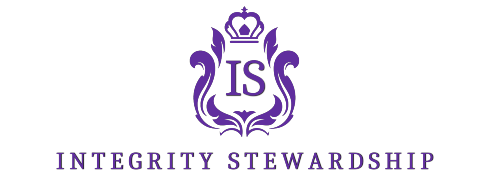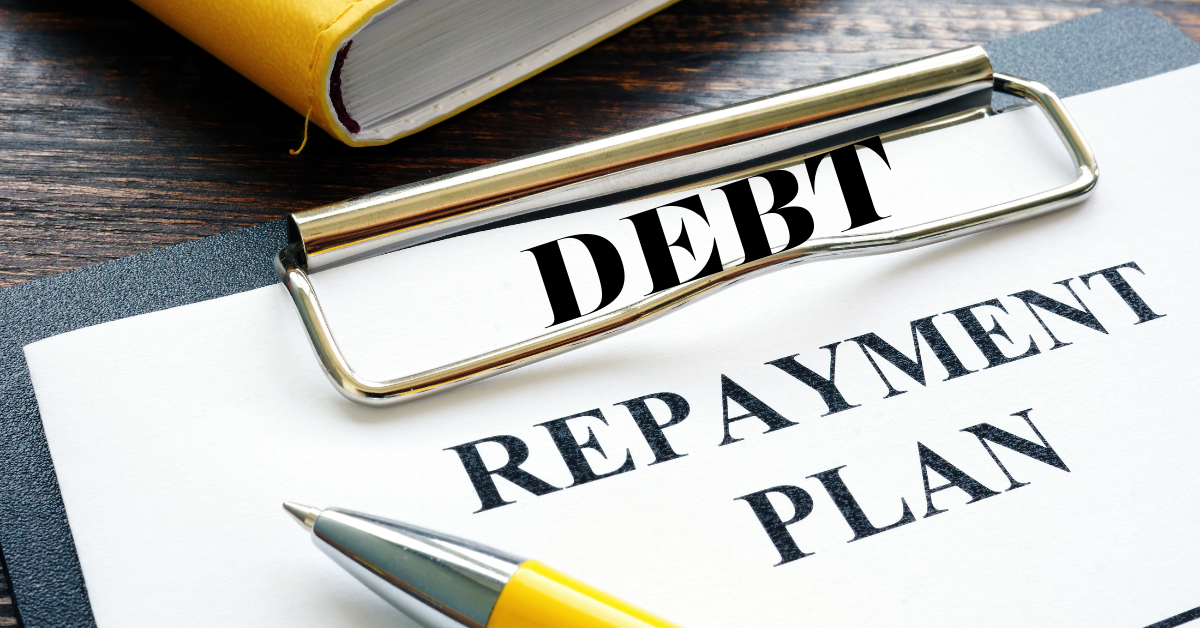When you don’t take steps to repay debt, it can grow into a force to be reckoned with. The reason is that debt collectors often assess additional fees and interest on the debt that you owe, so unpaid debts can become monstrous in short periods of time. Creating a debt repayment plan is essential to your financial health.
Follow these steps for an effective and workable plan:
- List all of your debt. Write down everything that you currently owe money on, including debts that you repay monthly and debts that you’ve allowed to slip out of your conscious thoughts for a while.
- Old debts that you’ve pushed aside have a way of coming back to haunt you, especially if you decide to apply for a mortgage loan or some other types of loans. So it’s wise to pay off all of your debt, not just some of it.
- Rank your debts. Once you have a list of all of your debts, rank them in an order based on how you want to repay them. Some people choose the snowball effect, which entails paying down the smallest debts first, then moving to the largest.
- Another good strategy is to pay off the debts with the highest interest rates first so that you’re not accruing a lot more interest while you’re working on other debts.
- Both of these strategies are fine; ultimately, you want to choose the one that’s best for you.
- Determine your budget/spending plan. Figure out how much money you can reasonably spend on debt repayment from month to month. Even if each debt is large, you can still pare them down by making monthly payments.
- Be realistic about how much money you have to spend. Don’t take money away from other obligations to pay down debts – only use money that you have outside of your normal financial obligations.
- Create an emergency fund. If you don’t already have an emergency fund, now is the time to put one together. Save at least $1,000 before you begin paying down debt so you have money to fall back on in the event of a financial emergency.
- Pare down your first debt. Once your emergency fund is put together, start at the top of your debt repayment list and work down.
- Focus on a single debt at a time. Focus your attention on only one debt at a time rather than spreading your budget money out over numerous debts at once. The reason is so you can pare down and wipe out one debt after another, maintaining your focus and momentum.
- Put any extra money into savings. In the months when you find that you have extra money, consider putting it into your savings account or emergency fund.
As with any personal finance plan, your own experiences may vary depending on your debt and how much money you have to work with. Using these guidelines, design a plan that works well for your own situation, and soon you’ll be enjoying the many benefits of a debt-free lifestyle.
I hope this article was helpful. To help you maintain a financially healthy lifestyle, I encourage you to get my course: “Level Up: Understanding Essential Financial Topics.” When you CLICK HERE to get the course and I will send you my book FREE: “Destroying the Chains of Debt Forever: No Longer a Slave to the System.”

